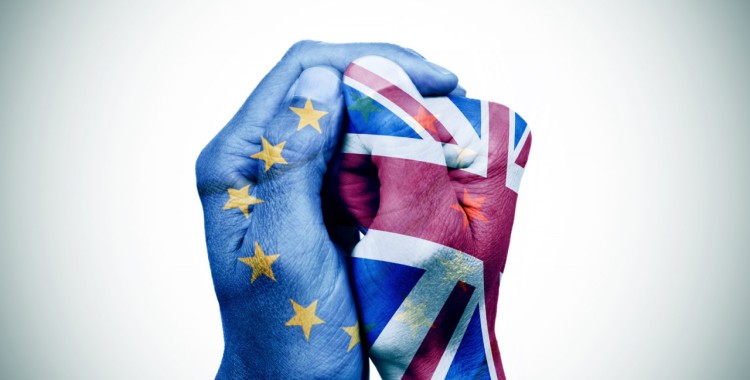
The Effects of Brexit on the Arts, Lessons from History
July 01, 2016
by Diana Greenwald | Filed in: Current Events
In the immediate aftermath of Brexit, the press and pundits focused on the significant macroeconomic and political implications of the United Kingdom’s historic decision to leave the European Union. As the initial shock wears off, journalists have turned their attention to the significant effects that a loss of European funding would have on narrower sections of British industry and society. Leaving the EU has important implications for arts funding in Britain. Major mainstream news outlets like the Wall Street Journal and arts publications like Apollo Magazine have run stories like “Arts World Assesses How Brexit Will Play on Funding” and “Concern and dismay in the art world after Brexit vote”. These articles ask an important question: how will the British art world respond to a sudden withdrawal of generous state support to which it had become accustomed?
While there is no clear historical analogy to Brexit, there are historical examples of removal of state support—or ruling elites’ support—for the arts. Consider the rapid rise of preacher Girolamo Savonarola (1452 – 1498) in Renaissance Florence. He organized bonfires of the vanities, in which all objects that might have tempted people to sin were burned. Artworks and books were considered tempting objects. After Savonarola’s coup had ended with his excommunication and execution, the ruling Medici family returned to power, and their renowned patronage of the arts continued—Cosimo I de’ Medici (1519 -1574), for example, supported the work of Mannerist geniuses like Agnolo Bronzino and Pontormo. In short, rulers’ support for the arts quickly returned after the interruption.
In other instances, a lack of state funding has been replaced with private patronage, like in the United States after World War II. Exceptionally in the nation’s history, the U.S. Federal Government provided extensive support to artists during the Depression with the Works Progress Administration. Jackson Pollock, his teacher Thomas Hart Benton, Mark Rothko and others received support. When the program was discontinued in 1943, many of the artists who had been sponsored by the state were able to find private patrons in the booming post-war American economy. Because of broader macroeconomic conditions, the private sector was able to pick up—and go beyond—what the public sector had been providing.
What will happen to the British art world? In the short term, at least, prices for artworks sold in London appear to be holding steady. Some commentators argue that withdrawal of generous European arts funding will, in fact, raise the quality of art, while others say it will have a deleterious effect on arts institutions. It’s hard to predict exactly what will happen, but history indicates that the arts are adaptable and resilient. In variable and challenging political and economic times, the production of artwork—and at least some high-quality artwork—appears to be constant.
Is It For Sale? Kanye West’s “Famous” and the Definition of Art >>
<< The Economics of Color, Part 2
